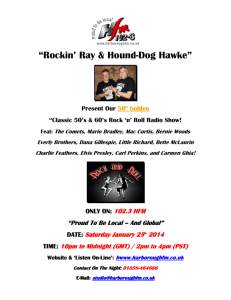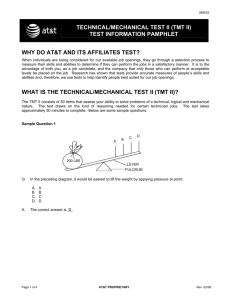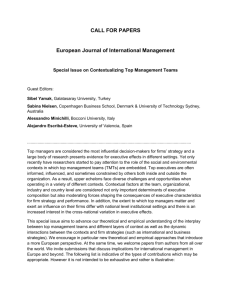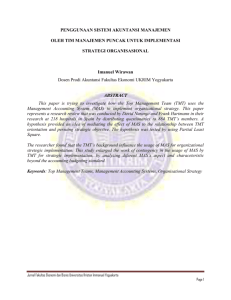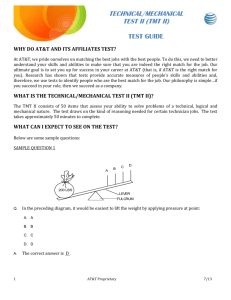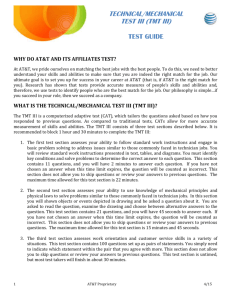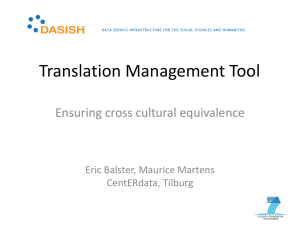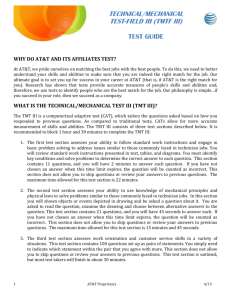Alan Dressler
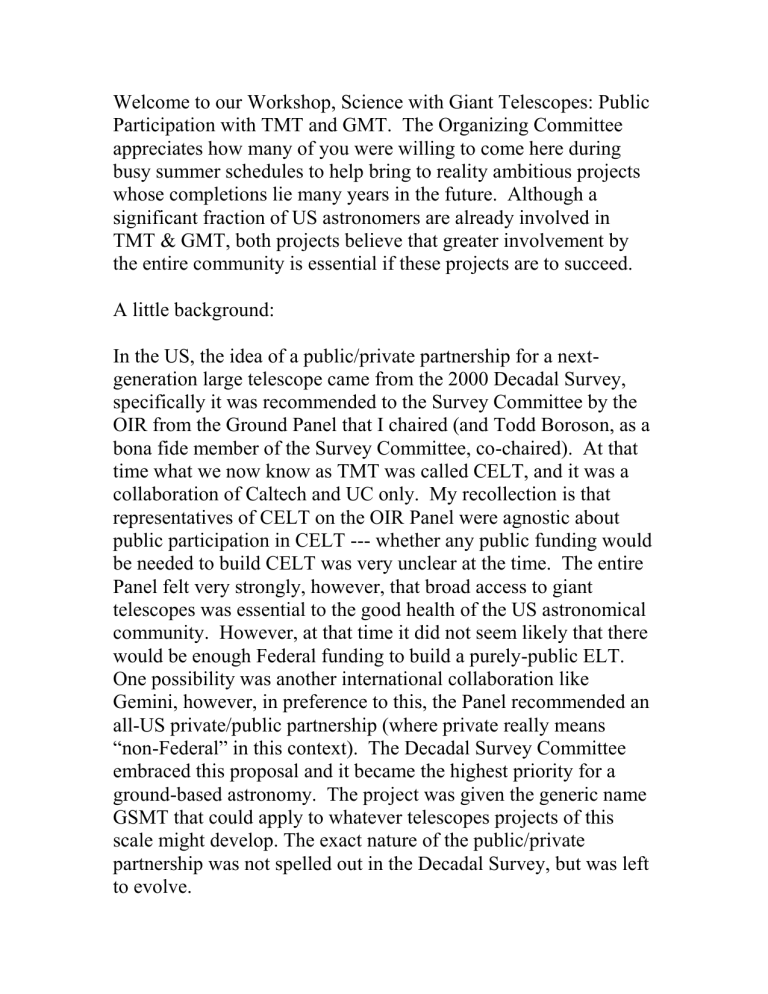
Welcome to our Workshop, Science with Giant Telescopes: Public
Participation with TMT and GMT. The Organizing Committee appreciates how many of you were willing to come here during busy summer schedules to help bring to reality ambitious projects whose completions lie many years in the future. Although a significant fraction of US astronomers are already involved in
TMT & GMT, both projects believe that greater involvement by the entire community is essential if these projects are to succeed.
A little background:
In the US, the idea of a public/private partnership for a nextgeneration large telescope came from the 2000 Decadal Survey, specifically it was recommended to the Survey Committee by the
OIR from the Ground Panel that I chaired (and Todd Boroson, as a bona fide member of the Survey Committee, co-chaired). At that time what we now know as TMT was called CELT, and it was a collaboration of Caltech and UC only. My recollection is that representatives of CELT on the OIR Panel were agnostic about public participation in CELT --- whether any public funding would be needed to build CELT was very unclear at the time. The entire
Panel felt very strongly, however, that broad access to giant telescopes was essential to the good health of the US astronomical community. However, at that time it did not seem likely that there would be enough Federal funding to build a purely-public ELT.
One possibility was another international collaboration like
Gemini, however, in preference to this, the Panel recommended an all-US private/public partnership (where private really means
“non-Federal” in this context). The Decadal Survey Committee embraced this proposal and it became the highest priority for a ground-based astronomy. The project was given the generic name
GSMT that could apply to whatever telescopes projects of this scale might develop. The exact nature of the public/private partnership was not spelled out in the Decadal Survey, but was left to evolve.
In order to receive input from the general community into what became TMT, and then soon after, also GMT, the NSF directed
AURA, through NOAO, to set up a GSMT Science Working
Group, which began work three years ago under the leadership of
Rolf Kudritzki. At a meeting last October, the SWG reviewed the progress on TMT and GMT, and discussed the results of the Senior
Review that revealed less-than-enthusiastic support of giant telescopes in the general community. The SWG recognized that, without another strong endorsement in the upcoming Decadal
Survey, NSF will find it very difficult to justify substantial funding for public participation in TMT and GMT. The SWG decided that a good place to start to rebuild public support would be a
Workshop, where both projects could re-introduce themselves and express their enthusiasm for public participation, where NSF could make the possibility real, and where we could start a public discussion of the exciting science opportunities, and the many complex issues that come with a public/private partnership. And so, here we are.
A moment’s reflection reminds us that this is an amazing time for astronomy. Consider the ambitious projects that are now in the detailed design or construction phase: JWST, ALMA, ATST,
LSST, TMT, GMT, and E-ELT. That’s about 10 billion dollars of hardware for a relatively small group of scientists who, nevertheless, capture the imagination of a billion people on the planet. These are difficult economic times, and they may not improve greatly before these projects are completed. We have a profound obligation to make sure that these facilities are successful and worth the unprecedented investment, and that they clearly pay back not just to astronomers, but to all those who follow and support astronomy. The SWG agrees with the 2000 Decadal
Survey that it is essential to have wide participation and responsibility from the astronomical community in TMT and
GMT, indeed, for all of these projects. It’s part of our “due diligence.” That’s why you’re here; that’s what we need to do.
This morning is a time to get acquainted with TMT, GMT, and E-
ELT. Top dogs at the TMT and GMT will welcome your efforts.
The NSF will endorse our goal and explain the Foundation’s commitment to the program. We’ll have a brief technical review of all three ELTs, but our focus will not be on how to build ELTs, but how to use them for extraordinary science that is now beyond our reach. So our introduction to these projects will be steered toward scientific objectives, instrumentation, implementation, access, productivity, etc. After this morning’s session, we’ll spend the next four sessions talking about the science and how it would get done – how can these telescopes be instrumented and operated to the benefit of the consortia that are building them but also to the benefit of the broader community? We have set up a format and schedule that will encourage lots of feedback from the audience.
We want your involvement and your ideas, we want discussions, and, from here on out, your active participation. The final session
Wednesday morning is available to revisit any issue and to summarize our discussions, opinions, and conclusions – if any.
Anything connected to these giant telescopes is fair game, including how they fit in with other facilities and issues relating to how science gets done. That being said, the organizers believe that this is not the best time or place to discuss or debate the funding of
TMT and GMT, both from the Consortia or from Federal contributions --- such a discussion would be primarily speculative and potentially devisive. Our focus should be the science --- let’s get to work!
